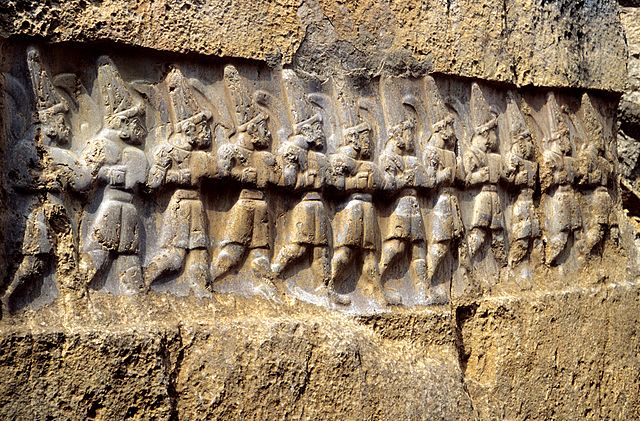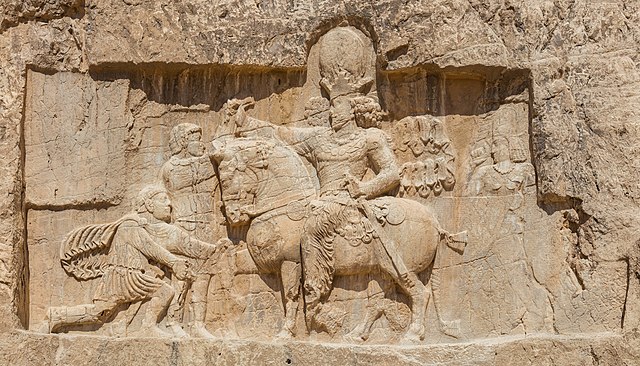Anantashayi Vishnu, also known as Anantashayana Vishnu, is a large open air horizontal rock relief of the Hindu god Vishnu, carved during the early 9th century in Saranga village, under the Parjang police station, in the Dhenkanal district of Orissa, India. It is located on the left bank of the Brahmani River. It is the largest such exposed rock cut structure in the horizontal position measuring 15.4 metres (51 ft) in length, in the whole of India, while the largest standing image is of Gomateshwara in Southern India. It is a protected monument maintained by the Archaeological Survey of India, Bhubaneswar Circle. Worship is still offered to the four armed reclining Vishnu.
Anantashayana Vishnu, Saranga
A rock relief or rock-cut relief is a relief sculpture carved on solid or "living rock" such as a cliff, rather than a detached piece of stone. They are a category of rock art, and sometimes found as part of, or in conjunction with, rock-cut architecture. However, they tend to be omitted in most works on rock art, which concentrate on engravings and paintings by prehistoric peoples. A few such works exploit the natural contours of the rock and use them to define an image, but they do not amount to man-made reliefs. Rock reliefs have been made in many cultures throughout human history, and were especially important in the art of the ancient Near East. Rock reliefs are generally fairly large, as they need to be in order to have an impact in the open air. Most of those discussed here have figures that are over life-size, and in many the figures are multiples of life-size.
Reclining Buddha at Gal Vihara, Sri Lanka. The remains of the image house that originally enclosed it can be seen.
Naram-Sin of Akkad, reigned from c. 2254 BC, Qaradagh Mountain, Sulaymaniyah, Iraq
Hittite deities at Yazılıkaya
The triumph of Shapur I over the Roman Emperor Valerian, and Philip the Arab, Naqsh-e Rustam.





